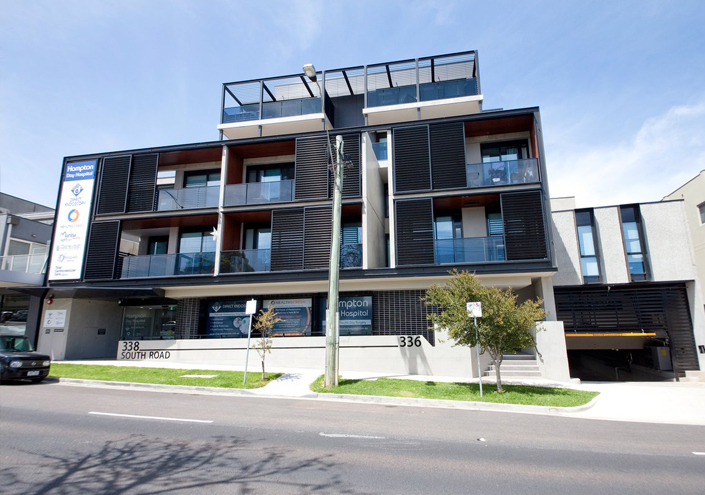Section 118-195 of the Income Tax Assessment Act 1997 (ITAA 1997) allows for the legal personal representative (LPR) or beneficiary to disregard any capital gains or capital losses in relation to the sale of a dwelling that was the deceased’s main residence at date of death, if the dwelling was sold and settled within two years from date of death.
The term dwelling is defined in subsection 118-115(1) – A dwelling includes:
(a) a unit of accommodation that:
(i) is a building or is contained in a building; and
(ii) consists wholly or mainly of residential accommodation; and
(b) a unit of accommodation that is a caravan, houseboat or other mobile home; and
(c) any land immediately under the unit of accommodation.
We recently had a case where the deceased had two apartments which he joined together to make one, and outline the case scenario below.
Scenario
- The deceased had purchased apartment A in 2010 and it became his main residence;
- Apartment B was next door and it was listed for sale in 2015;
- The deceased purchased apartment B on the condition that he was able to obtain the required approvals to join the two apartments together;
- Each apartment initially had 3 bedrooms, a living area, kitchen and bathroom facilities;
- The deceased demolished internal walls and created a large living area and joined the two balconies together internally and externally;
- The deceased slept in one apartment and had his meals in the other apartment;
- The utility came on separate bills while the telephone and internet came on one bill;
- The deceased lived alone but frequently his adult children, friends from overseas and interstate stayed with him;
- The apartments were not rented during the ownership period.
Whether one or more units of accommodation are used together as a main residence depends on the relevant facts and circumstances. Tax Determination (TD) 1999/69 provides some factors relevant in considering whether units of accommodation are used together as one main residence to include:
(b) the distance between and the proximity of the units of accommodation;
(c) whether the units are connected;
(d) whether the units are capable of being sold separately;
(e) the extent to which the daily activities of the occupants in the units are integrated;
(f) how the units are shared by the occupants; and
(g) how costs of the units are shared by the occupants.
Applying the above factors, it is more likely than less likely that the two apartments would be regarded as one unit of accommodation. The deceased used both apartments as one large apartment – he would sleep in one apartment and have his meals in the other. The two apartments were both internally and externally joined. He had room for his family and friends when they visit, and the property was never rented out.
The estate in this instance also applied for a private ruling to ensure the LPR was protected in the event of any potential audit. The LPR was successful and the ATO confirmed that the two apartments would qualify as one unit of accommodation. The two apartments were effectively sold and settled within two years from date of death, and accordingly the LPR was able to disregard the capital gain on the properties.
Feel free to contact our team should you want to discuss this topic further and potentially have clients who may be in this situation.
This publication is not intended to be and should not be used as a substitute for taking taxation advice in any specific situation. The information in this publication may be subject to change as taxation, superannuation and related laws and practices alter frequently and without warning. Neither BNR Partners Pty Ltd, our employees or agents are responsible for any errors or omissions or any actions taken or not taken on the basis of this publication.


